Clipart tagged: ‘omnivore’
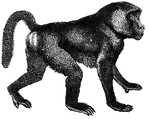
Baboon
Monkey, a word loosely applied to apes, baboons, Old and New World monkeys, marmosets and lemurs.
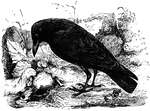
Carrion-Crow of Europe
The carrion-crow of Europe has been known to feed on decaying flesh, as well as young birds, shellfish,…
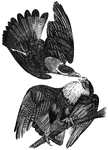
Caracara Eagle
The caracara eagle, genus Caracara found in Cental and South America, as well as portions of…
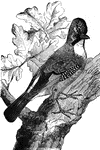
European Jay
The European jay is common through Europe, feeding on vegetables and fruits, as well as on insects and…

Skeleton of a Hog
Skeleton of the hog. Axial skeleton. The skull. Cranial bones- a, occipital, 1; b, parietal, 2; d, frontal,…
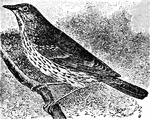
Song Thrush
"Thrush, in ornithology, is the name for any of the Turdidæ. They are universally distributed,…
